目次~Table of Contents
Location and History
Japanese people get active in Hokkaido where Ainu people live
Kaminokuni-Katsuyama Date was a hall which was built in the Middle Ages in the western part of Oshima Peninsula of Hokkaido. At that time, the island was called Ezo, where the Ainu people lived. They spoke a different language and had a different way of life from the Japanese people that lived on the mainland. They earned a living by hunting, fishing and trading, unlike the mainland Japanese people, who farmed.
The location of the castle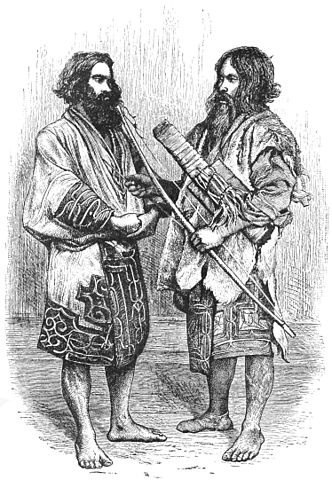
In the late 14th Century, some Japanese people were active in the Oshima Peninsula, in particular the southern edge of Hokkaido. The leaders started to build several halls for living and trading alongside this peninsula. The halls were called the Dounan (southern region) 12 Halls, such as Shinori Tate in the eastern part of the peninsula which was called “Shimonokuni” or the lower province. While the western part was referred to as “Kaminokuni” or the upper province.
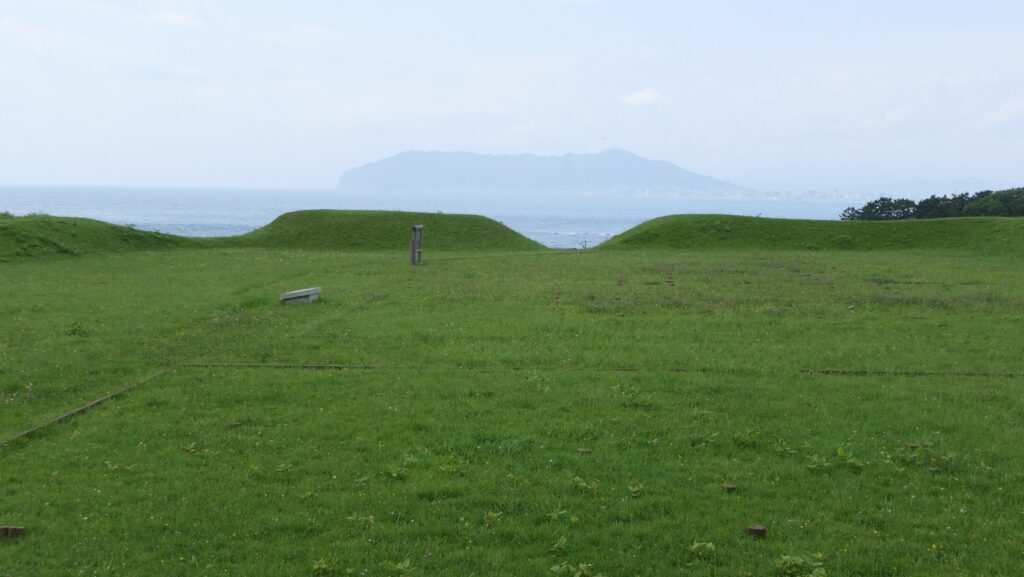
Nobuhiro Takeda repels Ainu Rebellion
The Ando Clan, which led the Japanese people in Ezo, also tried to rule the island aggressively. Because of this, it caused an uprising of the Ainu people, who was led by their leader Koshamain in 1456. The angry Ainu people managed to capture 10 of the 12 Dounan Halls, including Shinori Tate. One of the two surviving halls was Hanazawa Tate located in the upper province, which was owned and controlled by The Kakizaki Clan, who was affiliated with the Ando Clan. They were obviously at a disadvantage however, because the rebellion was ultimately crushed when Koshamain was shot with an arrow by Nobuhiro Takeda, a guest commander of The Kakizaki Clan.
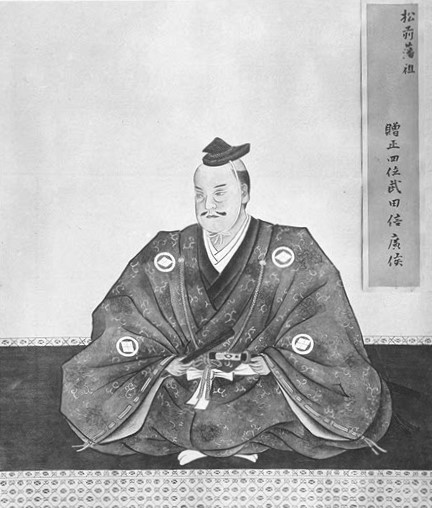
Nobhuhiro is originally from Wakasa province, which at that time was located in the central region of the mainland of Japan, which did a lot of trading with Ezo, via the Sea of Japan. For example, potteries like Echizen ware that were made in the surrounding areas were often used in Ezo. The province sold kelp, processed from Ezo. Nobuhiro might have been a vagrant on this well-known route. Therefore, he managed to only become the adopted son of The Kakizaki Clan, but also the chosen leader of the Japanese people in Ezo Island.

Nobuhiro builts Kaminokuni-Katsuyama-Date
Nobuhiro would eventually build a new hall near Hanazawa Tate, on a hill located below Iouzan Mountain, which is now known as Kaminoyama-Katsuyama Date, in 1470. The word “Date” means “hall”, however because of its size, it looked more like a mountain castle or a sort of medieval city on the mountain. Nobuhiro probably built his stronger hall based on his experience because most of his previous halls ended up being captured. The hill of the hall had deep valleys on both sides, and dry moats in both the front and the back. There were lots of houses on the hill as well, which were surrounded by fences. A famous region was the Oma Port, located below the hill, so the lord of the hall managed to control the trading that happened at the coast of this region.

Even after the completion of the new hall, some Ainu people would sometimes rebel and attack the hall. The Kakizaki Clan under the command of Nobuhiro, managed to repel the Ainu attacks, mainly because of the robust construction of the hall, and by the use of traps. The Kakizaki Clan were very cunning, as they managed to convince the Ainu people to join them in a peace treaty. After filling up on liquor, the Ainu people were too intoxicated to fight back, and were ultimately murdered during the party. Ainu people never doubted the Kakizaki’s intentions. On the other hand, both Japanese and Ainu people somehow managed to live in harmony together, in the medieval city. You can even find burial sites where both Japanese people and Ainu people were buried in. This led to a long and complex relationship between the Japanese people and the Ainu people.

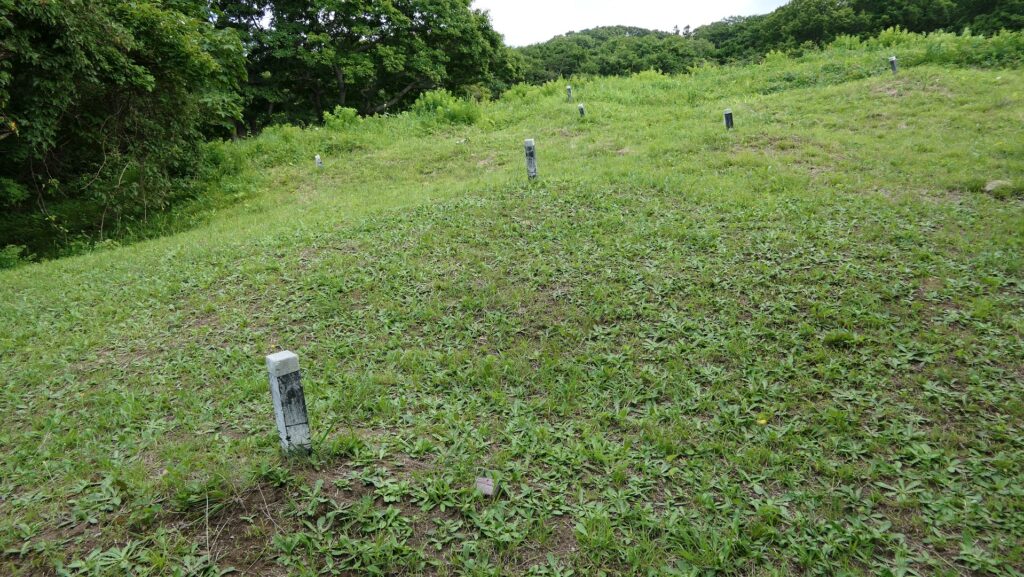
The Kakizaki Clan eventually moved their home base to Matsumae, the southern edge of the peninsula because it was more convenient location for trading. That lead to the launch of both the Matsumae Domain, as well as Matsumae Castle during the Edo Period. Soon after that, the clan renamed themselves The Matsumae Clan. Eventually, Kaminokuni-Katsuyama Date would be abandoned during early stages of the Edo Period.
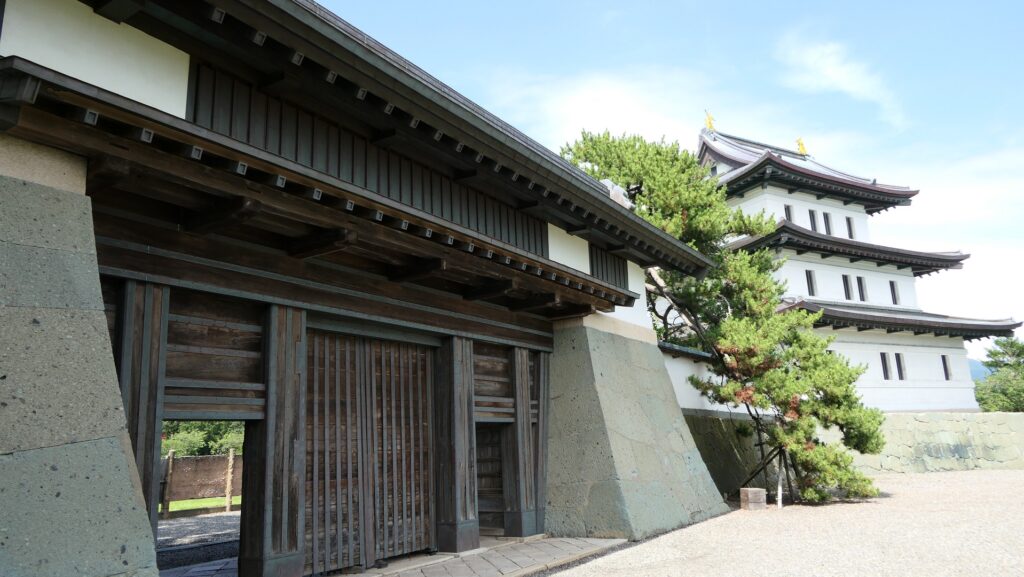

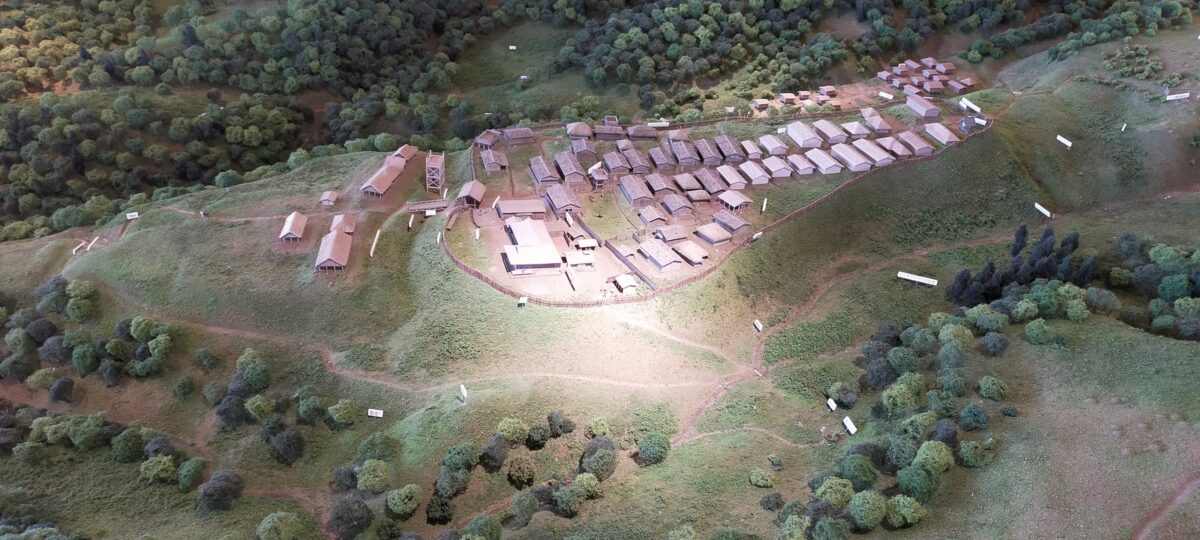
「102.Kaminokuni-Katsuyama Date Part1」への2件のフィードバック